See Saturn And It’s Rings Through Telescope

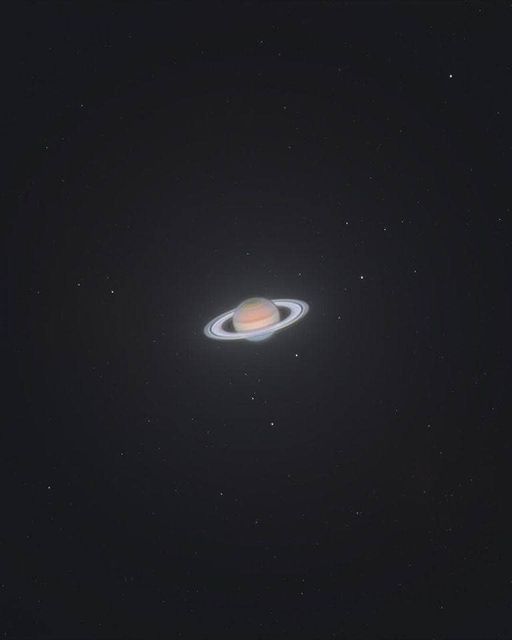
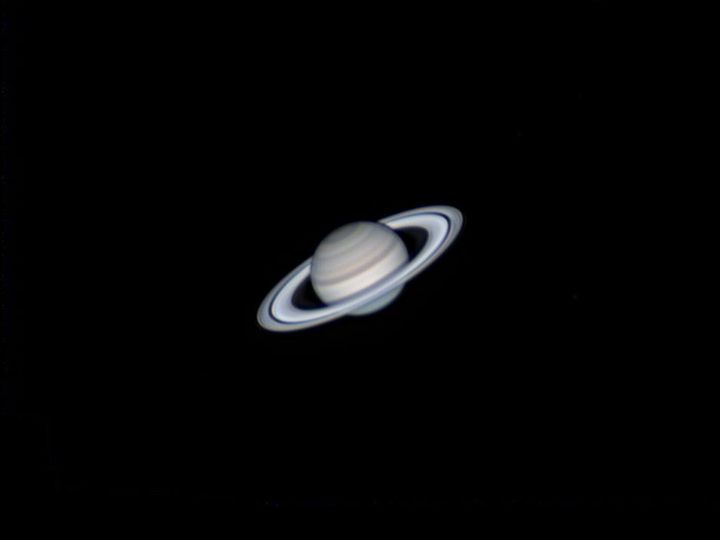
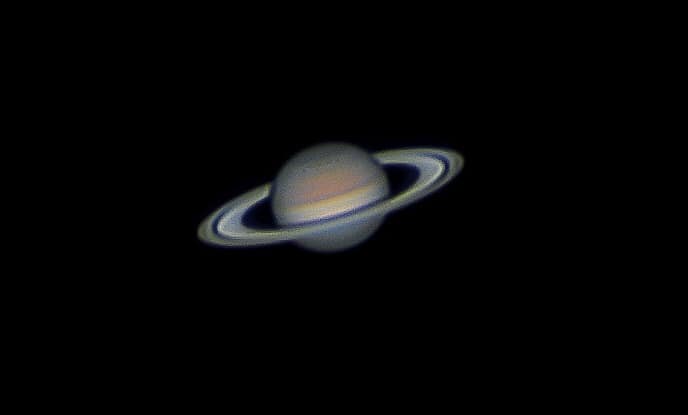
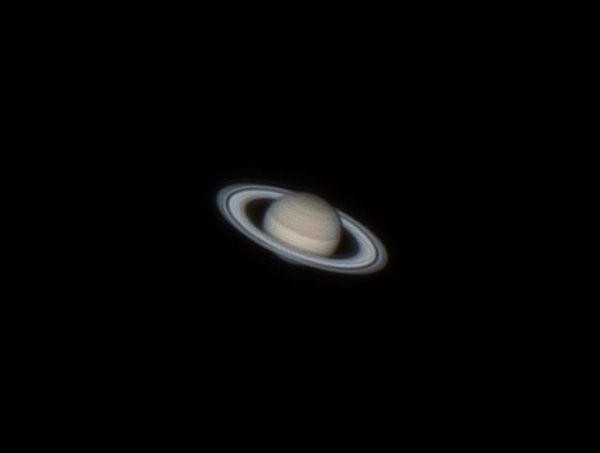
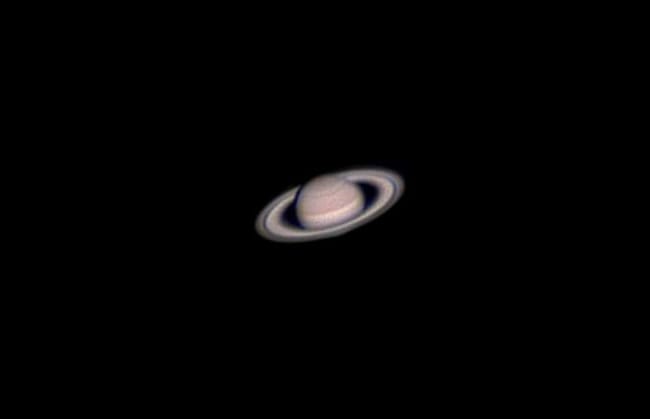
Saturn is the sixth planet in our solar system. Saturn can be viewed with a small telescope. A telescope with a diameter of 2 inches can reveal Saturn, while a larger 3-inch telescope with 50x magnification can distinctly show Saturn’s iconic rings. Binoculars with 40x magnification can provide a glimpse of the rings, but a telescope offers a superior view. Saturn’s largest moon, Titan, is visible through any small telescope.
For a clearer view of Saturn, a telescope with specific capabilities is recommended. An aperture of at least 60mm (2.4 inches) and a magnification power between 100x and 200x are suggested. For a more detailed view, a larger aperture of 150mm (6 inches) or more is advised. Maksutov-Cassegrain and Schmidt-Cassegrain telescopes are known for providing excellent views of Saturn. On a clear night, you can observe not only the rings but the Cassini Division and some of Saturn’s larger moons, such as Titan and Rhea.
When viewed through a telescope, Saturn appears as a yellow-brown marble due to limb-darkening. This yellow-brown hue is the result of ammonia and phosphine in Saturn’s atmosphere. The planet’s disk appears as a bright, creamy yellow color with a subtle banded pattern caused by strong winds and storm systems in Saturn’s atmosphere.
To find Saturn, you can use a star chart or planetarium software. Viewing conditions significantly impact what you can see. With a strong enough telescope and patience, you can have a fantastic viewing experience, observing Saturn’s rings and moons from Earth.
Can you see Saturn with a telescope?
Yes, you can see Saturn with a telescope, even a small backyard telescope. A telescope as compact as 2 inches in diameter can reveal Saturn, while a larger 3-inch telescope with 50x magnification can distinctly show Saturn’s iconic rings. Binoculars with 40x magnification can provide a glimpse of the rings, but a telescope offers a superior view. Saturn’s largest moon, Titan, is visible through any small telescope.
To enjoy a clear view of Saturn, you need a telescope with an aperture of at least 60mm (2.4 inches) and a magnification power between 100x and 200x. For a more detailed view, a larger aperture of 150mm (6 inches) or more is suggested. Maksutov-Cassegrain and Schmidt-Cassegrain telescopes provide excellent views of Saturn. You can observe not only the rings but the Cassini Division and some of Saturn’s larger moons, such as Titan and Rhea on a clear night.
To locate Saturn, you can use a star chart or planetarium software. Viewing conditions significantly impact what you can see. With a strong enough telescope and patience, you can have a fantastic viewing experience, observing Saturn’s rings and moons from Earth.
Can you see Saturn without a telescope?
Yes, you can see Saturn without a telescope. Saturn is the sixth planet from the Sun. Saturn appears as a bright star in the night sky and is the most distant planet visible to the naked eye. When looking up at the night sky tonight, you can see Saturn with just your eyes, without the need for a telescope or binoculars. Saturn’s visibility is best in late twilight, and you can see it in the east-southeast direction.
Saturn may look like a star to the naked eye. To see its famous rings and larger moons, you will need a telescope. The telescope should have at least 4-6 inches of aperture to see Saturn’s rings clearly. In June Saturn reaches western quadrature, and telescope users can notice Saturn’s shadow on the rings. Larger telescopes with apertures ranging from 70mm to 150mm or more provide the best views of Saturn’s rings and moons.
Stargazing apps and websites help you locate Saturn easily. By using these tools, you can find Saturn’s exact location in the sky and track its movement throughout the night. With the help of these tools, you can see Saturn without a telescope and enjoy the beauty of this magnificent planet.
What does Saturn look like with a telescope?
Saturn looks like a stunning ringed planet when viewed through a telescope. The planet itself appears as a yellow-brown marble, a color caused by limb-darkening. This yellow-brown hue is the result of ammonia and phosphine in Saturn’s atmosphere, as described by researchers such as Dr. Kevin Baines of NASA’s Jet Propulsion Laboratory.
When you look at Saturn through a telescope, the planet’s disk appears as a bright, creamy yellow color. This disk has a subtle banded pattern, similar to Jupiter’s cloud bands, caused by strong winds and storm systems in Saturn’s atmosphere. These winds can reach speeds of up to 1,118 km/h (700 mph), as observed by Dr. Amy Simon of NASA’s Goddard Space Flight Center.
The most striking feature of Saturn when viewed through a telescope is its ring system. The rings appear as a bright, icy white halo surrounding the planet. Even a small telescope can see Saturn’s rings, which appear as a cream-colored fuzzy line. Larger telescopes show a more detailed view of the rings. According to Dr. Carl Murray of Queen Mary University of London, a leading expert on Saturn’s rings, the main rings include the bright A ring, the fainter B ring, and the inner C ring.
One of the most notable features of Saturn’s rings is the Cassini Division, a subtle gap between the A and B rings. This division was discovered by Giovanni Domenico Cassini in 1675. Cassini Division can be seen through a telescope. Saturn has a steady yellowish glow and does not twinkle like stars. The rings are not visible to the naked eye. To see the rings clearly, a telescope with at least 25x magnification is recommended.
What telescope to see Saturn?
To see Saturn and its rings, a telescope with a lens diameter of at least 60mm and a magnification power of at least 100x is required. A lens diameter of 70-80mm and a magnification power of 140-180x is recommended for a good view of Saturn. The best specifications for a telescope to see Saturn would be a lens diameter of 100-150mm and a magnification power of 200-300x.
Maksutov-Cassegrain and Schmidt-Cassegrain telescopes are ideal for viewing Saturn due to their high-quality optics. A refractor telescope with a 60mm aperture is a good and cheap option to see Saturn for beginners. The Celestron FirstScope, with a 76mm lens diameter and 180x magnification power, is one of the cheapest options available and provides a clear view of Saturn’s rings.
Reflector telescope with a 100-150mm aperture is recommended for advanced view of Saturn. A reflector telescope with a 200mm (7.9 inches) aperture is best for a detailed view of Saturn’s rings. The optimum magnification range for viewing Saturn depends on the telescope and seeing conditions, but a range of 50x to 60x in steady skies is recommended. The Cassini division in Saturn’s rings is visible using a 10-inch telescope at 214x or higher power.
Telescope with a good quality achromatic or apochromatic lens will provide a clear and sharp image of Saturn. Strong and powerful telescope does not always mean a clear view. The quality of the lens, the stability of the tripod, and the viewing conditions play a significant role in getting a clear view of Saturn’s rings.
What telescope to see Saturn rings?
To see Saturn’s rings, you need a telescope with a minimum aperture of 50mm and magnification of 25x. Telescope with an aperture of 70mm to 150mm or more and magnification of 100x to 150x is recommended for more detailed views of Saturn.
There are several telescopes that are highly recommended for viewing Saturn’s rings. The Celestron NexStar 130SLT Computerized Telescope is a popular choice. It has an aperture of 130mm and a maximum magnification of 307x, making it ideal for watching the rings of Saturn in detail. Another excellent option is the Orion 8945 SkyQuest XT8, which has an aperture of 203mm (8 inches) and a maximum magnification of 240x. Meade Instruments Infinity 102mm AZ Refractor Telescope is a great choice for a more portable option. It has an aperture of 102mm and a maximum magnification of 200x.
What telescope magnification to see Saturn rings?
To see Saturn’s rings, a telescope with a magnification power of at least 25x is needed. This is the minimum requirement to distinguish the rings as a separate structure from the planet. For a clearer and more detailed view, a higher magnification is recommended.
A magnification of 50x is sufficient to see the rings clearly. The rings will appear as a distinct structure, separate from Saturn’s main body at 50x power. This magnification is achievable even with smaller telescopes, making it a viable option for amateur astronomers.
Consider using an 8mm eyepiece for an even more pleasing view. This will produce a magnification of 125x, which is often considered ideal for observing Saturn. The rings will be clearly visible at 125x magnification, and you may even be able to see some of Saturn’s larger moons.
To observe the Cassini Division a magnification of 100x is required. This division is a fascinating feature of Saturn’s ring system, and observing it can greatly enhance your viewing experience.
For the best views of Saturn’s rings and moons, larger telescopes with apertures ranging from 70mm to 150mm or more are recommended. These telescopes provide a powerful and strong magnification, allowing you to see the rings in stunning detail. A more powerful telescope with a magnification of 100x to 200x will provide the clearest and most detailed view of Saturn’s rings.
How to find Saturn with telescope?
To find Saturn with a telescope, follow the steps listed below.
- Confirm Saturn’s position in the night sky using a planetarium app or software.
- Set up your telescope on a stable, level surface.
- Align the telescope’s finder scope for accurate location.
- Use a small telescope with an aperture of at least 2.4 inches.
- Utilize a magnification of 25x to 60x for the best results.
- Look for a steady, golden-colored object, avoiding twinkling stars.
- Begin with a wide-angle eyepiece (20mm to 30mm) to observe Saturn.
- Point your telescope at Saturn’s celestial coordinates (right ascension and declination).
- Use the finder scope to initially locate the planet.
- Adjust the telescope’s focus to bring Saturn into sharp relief.
- Verify Saturn’s identity by observing its distinctive rings and moons.
- Observe Saturn when it is at a high altitude in the sky (above 30°) to minimize atmospheric distortion.
- Ensure clear and steady atmospheric conditions for an enhanced viewing experience.
First, confirm Saturn’s position in the night sky using a planetarium app or software. These tools provide accurate, up-to-date information on celestial objects’ locations. Next, set up your telescope on a stable, level surface to ensure a smooth observing experience. Align the telescope’s finder scope, as this will help you accurately locate Saturn.
A small telescope with an aperture of at least 2.4 inches is sufficient for viewing Saturn and its rings. Use a magnification of 25x to 60x for the best results. When looking through your telescope, search for a steady, golden-colored object. Avoid twinkling stars, as Saturn will appear steady in the sky.
Begin by using a wide-angle eyepiece (20mm to 30mm) to observe Saturn. Point your telescope at Saturn’s celestial coordinates (right ascension and declination) and use the finder scope to initially locate the planet. Adjust the telescope’s focus to bring Saturn into sharp relief.
Verify Saturn’s identity by observing its distinctive rings and moons. The rings should be visible even in smaller telescopes, appearing as a separate structure at 25x magnification. For a better view of the rings, use a 3-inch scope at 50x magnification. The rings will appear as a separate, detached structure on all sides.
To optimize your viewing experience, observe Saturn when it is at a high altitude in the sky (above 30°). This minimizes atmospheric distortion and provides a clearer view. Ensure that the atmospheric conditions are clear and steady, as this will further enhance your observation of Saturn through the telescope.
